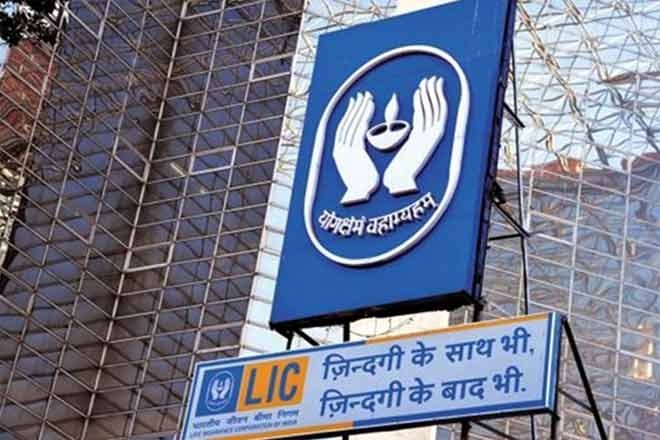A Washington Post story published this week says that the Indian government pressured the Life Insurance Corporation of India (LIC) to pour nearly $3.9 billion into the Adani Group, including $568 million in May 2025. The piece was released just before the Bihar Assembly elections and the Parliament’s upcoming Winter Session, sparking concern among investors and government officials.
LIC immediately shot back. The insurer called the article “false, baseless, and far from the truth.” Former LIC chairman Siddhartha Mohanty also warned that the Washington Post had built a misleading narrative about government interference in LIC’s investment decisions. He urged the paper to take down the unverified claims.
### Wrong claims about Adani Ports’ finances
The post alleges that Adani Ports & SEZ needed to raise roughly $585 million in a bond issue to refinance debt. In reality, the money that LIC invested was earmarked for a buy‑back of bonds that mature between 2027 and 2029, not to refinance existing loans. A month later, Adani Ports launched a tender to buy back up to $450 million of those bonds.
Other financial facts in the article were also inaccurate. The piece claimed that Adani’s debt was “piling up” and that the company had been charged with bribery and fraud in the United States. No such charges exist, and Adani’s debt figures are publicly available only on a semi‑annual basis. In the latest reported period, Adani Ports’ debt actually fell by Rs 36,422 crore from FY 24 to FY 25, and none of the group’s companies has shown a higher leverage ratio this year.
### How safe is the investment?
Senior analysts say that Adani Ports & SEZ carries the highest domestic credit rating of ‘AAA’ from all four major Indian rating agencies. Its two green‑energy units hold a ‘BBB–’ rating, equivalent to India’s sovereign credit level. In plain terms, that means the company is viewed by credit analysts as extremely reliable—placing it among the safest Indian corporates for lenders like LIC.
LIC’s exposure to Adani is small relative to its size. Its total assets under management exceed Rs 55 lakh crore, and Adani loans make up less than 0.3 percent of that portfolio. The insurer’s holdings of Adani bonds and equity – over Rs 30 billion in equity—have nearly doubled in the past four years, but remain far below its investments in larger names such as Reliance, Tata, and ISB. LIC has also funded many other high‑rated issuances, including 10‑year bonds from Vedanta, L&T Finance, NIIF Infra, and Shriram Finance.
### Other investors confirm Adani’s stability
The claim that many banks hesitated to lend to Adani is also wrong. In April 2025, BlackRock bought into Adani’s private entities. In June, Apollo’s Athene Life led a $750 million purchase of shares in Adani’s Mumbai Airport project, with several insurers on board. By September, Dutch bank Rabobank and Germany’s DZ Bank invested in Adani’s green assets. Together, these institutional investors represent some of the world’s most respected names, further underscoring Adani’s solid financial footing.
### Bottom line
The Washington Post article presents a distorted picture of a routine corporate bond purchase by one of India’s largest insurers. LIC has locked in the investment as part of its low‑risk portfolio strategy, and the company’s credit profile remains strong. There is no evidence of government pressure or bailout. For investors and voters eyeing the Bihar elections and Parliament’s session, the key take‑away is that LIC’s investment in Adani was made in a transparent, well‑rated corporate environment—no hidden hand from the Indian government.
Source: ianslive
Stay informed on all the latest news, real-time breaking news updates, and follow all the important headlines in world News on Latest NewsX. Follow us on social media Facebook, Twitter(X), Gettr and subscribe our Youtube Channel.



